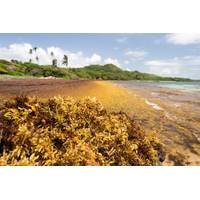
Massive Bloom of Brown Seaweed Heads Toward Florida and the Caribbean
become a recurring seaweed monster, but humanity is the real villain. Until nations find ways to reduce large-scale nutrient pollution, I expect that huge sargassum blooms will be a recurring presence in Florida and the Caribbean.The authorStephen P. Leatherman, Professor of Coastal Science, Florida International University(Source: The Conversation
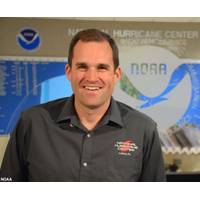
Brennan Named Director of NOAA’s National Hurricane Center
and analyses of hazardous tropical weather and by increasing understanding of these hazards, enabling communities to be safe from tropical weather threats. The National Hurricane Center is co-located with the National Weather Service Miami-South Florida forecast office on the campus of Florida International University
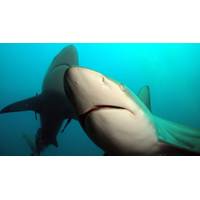
Project Uses DNA to Combat Illegal Trade of Aquatic Wildlife
With funding by the nonprofit organization OCEARCH, a new project to detect illegal trade in sharks and other marine and freshwater wildlife provides a vital tool in the global effort to reverse the decline of vulnerable and endangered species on our planet. Led by Dr. Diego Cardeñosa of Florida International University and Dr. Demian Chapman of Mote Marine Laboratory, the development and deployment of their “DNA Toolkit” in Latin America, Europe, and Southeast Asia is a much-needed breakthrough to combat illegal trafficking in shark, eel, turtle, tuna, and other wildlife products.&ldquo
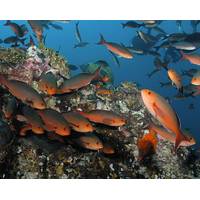
NCCOS Awards $1.7M to Support Habitat Connectivity Research in National Marine Sanctuaries
, marine mammals, and turtles within and outside each sanctuary. Findings from this research will support MPA managers at the state and federal levels in their decision making to expand existing MPAs and target zoning regulations to ensure the persistence of important species.New Awards:Florida International University received $764,044 to study foraging of four reef-fish species — white grunt, bar jack, mutton snapper, and great barracuda — in the seagrass beds of Florida Keys National Marine Sanctuary. Seagrass areas are important fish foraging habitats in coral reef ecosystems. Understanding
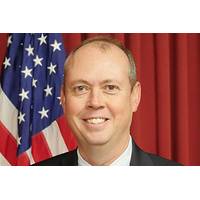
NOAA Taps Graham to Lead National Hurricane Center
and analyses of hazardous tropical weather and by increasing understanding of these hazards, enabling communities to be safe from tropical weather threats. The National Hurricane Center is co-located with the National Weather Service Miami-South Florida forecast office on the campus of Florida International University
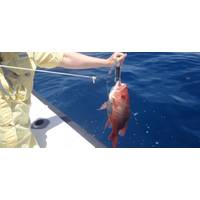
How Many Red Snapper Are in the Gulf of Mexico?
, University of Florida Sean P. Powers, University of South Alabama, Dauphin Island Sea Lab James Cowan, Louisiana State University Jay R. Rooker, Texas A&M University at Galveston Robert Ahrens, University of Florida, Fisheries and Aquatic Sciences Kevin Boswell, Florida International University Matthew Campbell, NOAA Fisheries (non-compensated collaborator) Matthew Catalano, Auburn University Marcus Drymon, Mississippi State University Brett Falterman, Louisiana Department of Wildlife and Fisheries John Hoenig, College of William and Mary, Virginia
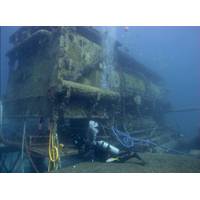
AC Installed for Underwater Research Lab
, informs it was awarded a contract to supply air conditioning for the underwater research laboratory Aquarius Reef Base, located 60 feet below the surface several miles off Key Largo, Fla. The Aquarius, an 81-ton, 43-foot-long, 9-foot-diameter saturation chamber, it is operated by Florida International University for underwater research. It is designed for a crew of six (four scientists and two technicians) to live and work on the sea floor on 10- to 30-day missions. In addition to scientific research missions, Aquarius is also used by NASA to train astronauts for space missions, as well as the
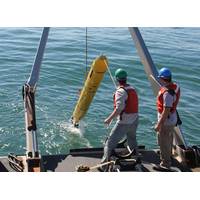
Mega Machines Unmanned Systems take Center Stage
of the art technologies from the consortium and was designed to operate in coastal or open ocean weather conditions, currents and sea states. SeaRobotics has deployed a “collapsible” unmanned surface vehicle (USV) in support of important Arctic fisheries research conducted by Florida International University (FIU). The collapsible, 4m USV was used to provide a broad range of survey data regarding the seabed off the shores of Point Barrow, Alaska, the northernmost point in the U.S. At the request of FIU, SeaRobotics outfitted the USV with an array of sensors that included a Kongsberg EK-60


 February 2025
February 2025





